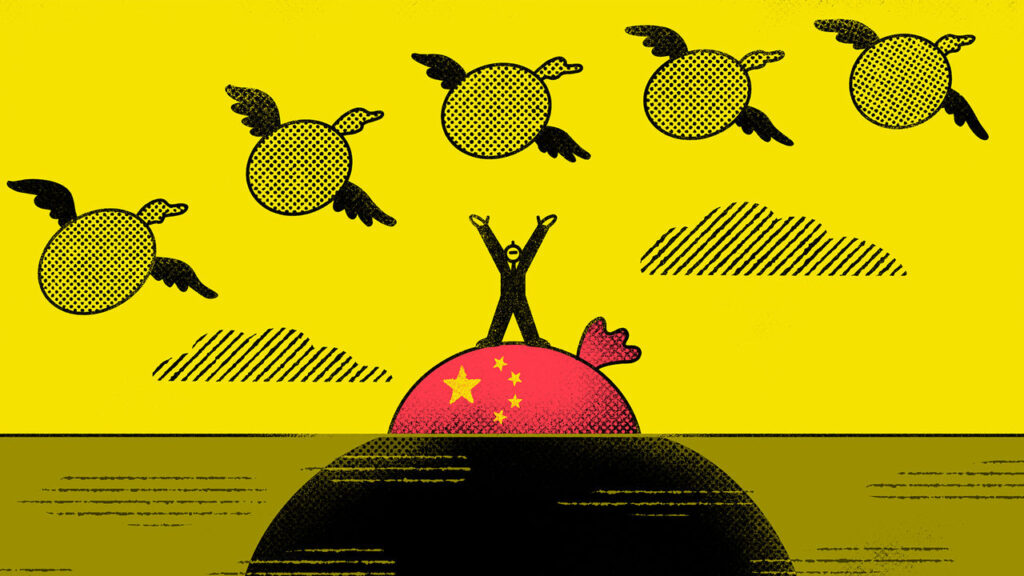In recent years, the global economic landscape has presented a significant shift in how countries approach international borrowing, particularly concerning loans from China. The trend reveals that governments that secure financing from Chinese institutions are often faced with the unintended consequence of having to pay higher interest rates when seeking to borrow from other external sources. This phenomenon is tied to various factors influencing investor perceptions, risk assessment, and the broader implications of debt diplomacy.
One of the primary reasons for this increased cost of borrowing is the perception of economic risk associated with loans from China. When a country engages in significant borrowing from Chinese lenders, it raises red flags for other potential lenders and investors. The concern stems from the nature of Chinese loans, which may come with stringent conditions and a higher likelihood of default compared to traditional Western loans. Consequently, other lenders may view these countries as being in a precarious financial position, requiring them to charge higher interest rates to mitigate potential losses.
Furthermore, the amounts lent by Chinese banks and financial institutions tend to be substantial. This often leads the borrowing country into a debt trap, where it becomes progressively more challenging to manage its debt obligations. The more a country borrows from China, the more precarious its economic situation may appear, driving up risk premiums that lenders require for additional loans. For instance, nations in Africa and Southeast Asia, which have engaged in significant borrowing from China for infrastructure projects, frequently encounter this dilemma when they attempt to seek financing from international markets afterward.
Another aspect contributing to the higher borrowing costs is the shifting geopolitical dynamics. As China’s global influence expands through initiatives such as the Belt and Road Initiative (BRI), other nations become wary of the implications of assuming Chinese debt. Countries that have entered into extensive financial agreements with China may find their negotiating power diminished when they approach other lenders. Traditional lenders like the International Monetary Fund (IMF) or the World Bank may factor in the existing Chinese loans when evaluating the borrowing capacity and risk profile of the country, leading to more stringent loan conditions and higher interest rates.
Additionally, the lack of transparency often associated with Chinese loans can further exacerbate the situation. Many agreements between China and borrowing countries are not made public, creating uncertainty among other investors. This opacity can lead to mistrust, as potential lenders find it difficult to understand the full scope of a country’s debt obligations. This uncertainty often results in higher costs due to the increased risk perception surrounding the borrowing country’s financial health.
Moreover, some nations have voiced concerns about the strategic nature of Chinese lending, suggesting that it is not merely an economic transaction but a tactic for exerting political influence. This aspect cannot be ignored, as it affects how other economies perceive countries deeply indebted to China. Nations may question the independence of economically compromised governments and the potential for external influence, further complicating the borrowing landscape and inflating costs.
In conclusion, the interplay between borrowing from China and the subsequent rise in costs for subsequent international loans reflects a complex framework of risk assessment, geopolitical dynamics, and market perceptions. Countries that engage in extensive borrowing from Chinese sources may inadvertently find themselves in a challenging financial position when seeking to diversify their funding sources. As global economic ties evolve and as China’s role in international finance continues to expand, it becomes increasingly important for nations to navigate these financial waters with caution, ensuring that they understand the implications of their borrowing strategies. For many, the pursuit of development financed by Chinese loans may come at a long-term cost of higher borrowing expenses from other financial institutions, generating a cycle that may hamper economic prospects down the road.



